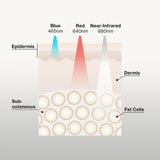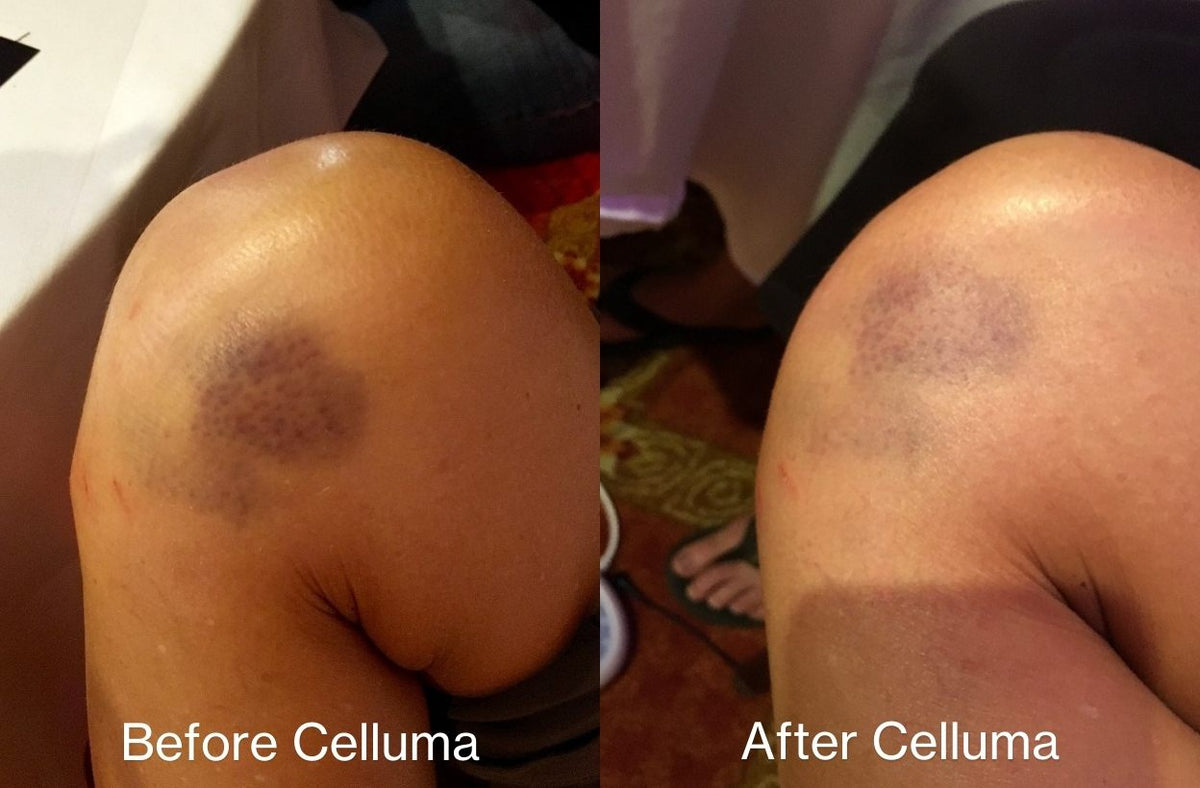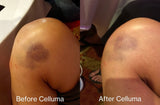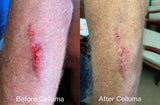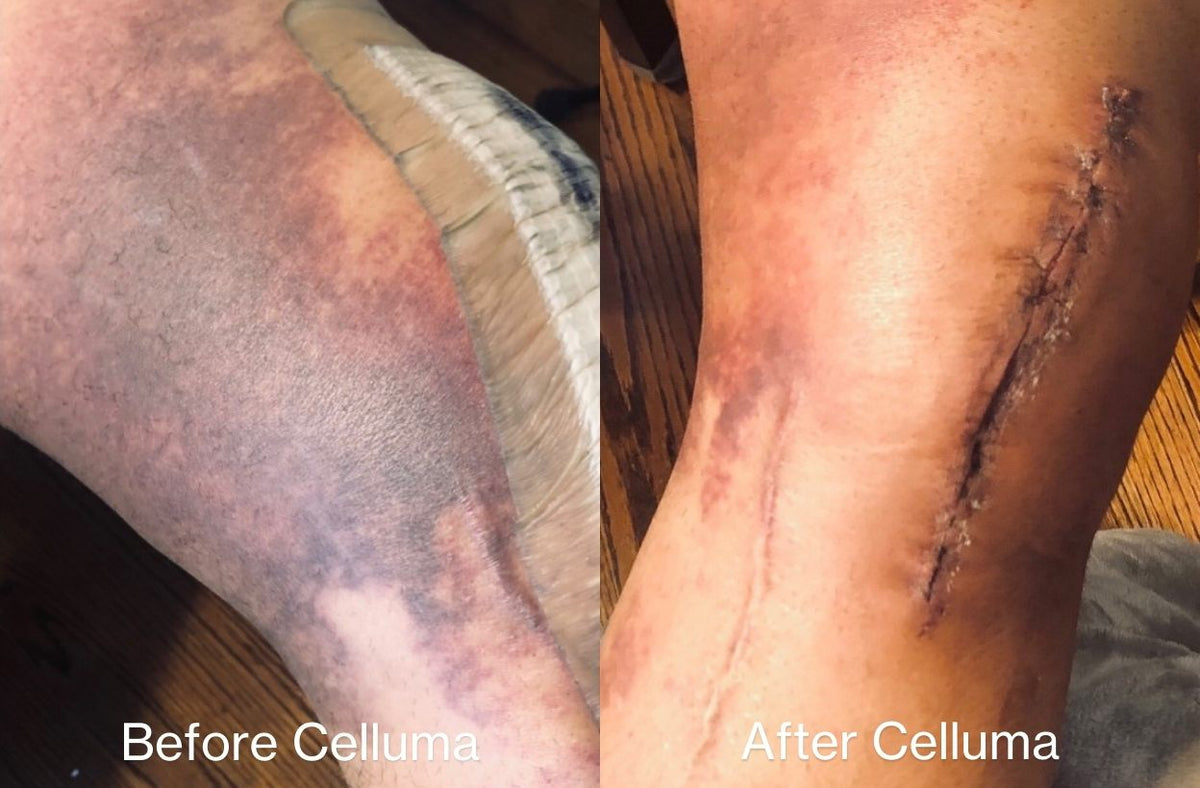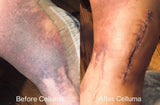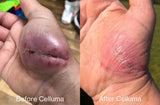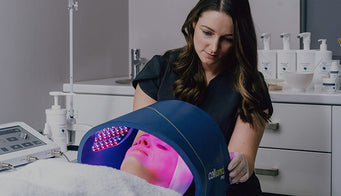A Modern Approach to Pain Management with Red Light Therapy
How it Works
Manage Your Pain with Light Therapy
The Science of LED Red Light Therapy for Arthritis & Pain Management
The LED Pain Protocol
The standard pain management protocol using "Pain Mode" is 3x per week for 4 weeks for best results. The device can be used more or less often, depending on the severity of the condition.
50 %
reduction in pain from those receiving red and near infrared light therapy in an observational study.
4000
studies published confirming the effectiveness of LLLT on musculoskeletal conditions.
30 minutes
time of light therapy treatment 2-3 times per week for pain relief.
Backed by Clinical Research
The results are proven. Celluma’s LED light therapy for pain management is designed to truly change the way people recover, move freer, and live brighter. We no longer need to rely solely on costly medications, risky injections, or invasive surgery now that we have the technology to give our bodies the boost to heal naturally.
-
Low Level Light Therapy
2 studies
Keys to Effective Low Level Light Therapy (LLLT). Stanford School of Medicine, 2016
The Nuts and Bolts of Low-level Laser (Light) Therapy. PubMed, 2012
-
Pain Management
2 studies
Low-intensity LASER and LED (photobiomodulation therapy) for pain control of the most common musculoskeletal conditions. PubMed, 2022
Mechanisms and applications of the anti-inflammatory effects of photobiomodulation. PubMed, 2017
-
Aging Skin
2 studies
Low Level Light Therapy with Light-Emitting Diodes for the Aging Face. Clinics In Plastic Surgery, 2016
Low Level Laser (Light) Therapy (LLLT) for Cosmetic Medicine and Dermatology. Photobiology.info, 2014

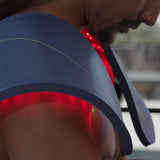
WE'RE HERE TO HELP
Frequently Asked Questions
-
Low-level-light therapy or photobiomodulation is based on Light Emitting Diode (LED) technology and is the application of light energy to the body for therapeutic benefits. It promotes a natural photobiochemical reactionsimilar to the process of plant photosynthesis. The energy delivered by the LEDs has been shown to enhance cellular metabolism, accelerate the repair and replenishment of damaged skin cells, as well as stimulate the production ofcollagen — the foundation of healthy, smooth skin. Research has shown that LED light therapy may help smooth skin texture, improve skin firmness and resilience, increase lymphatic system activity, restore skin’s natural cellularactivity, and reduce the appearance of fine lines, wrinkles, and superficialhyperpigmentation. The treatment is for all skin types, and is non-ablative,non-invasive, painless, and requires absolutely no downtime. Patients or clients can return to their normal activity immediately after the treatment
-
LED Light Therapy is a highly safe and non-invasive treatment, making it suitable for all skin types and ages. Unlike other light-based treatments, it doesn't use UV rays, so there's no risk of burning or skin damage. The light emitted by the LEDs penetrates the skin gently, promoting healing and rejuvenation without any discomfort or downtime.
This therapy has been extensively studied and used in clinical settings for decades, with a strong track record of safety. Celluma follows the science of safety and efficacy very closely and that is why it has been FDA-cleared for various applications, including skin care, hair restoration, and pain management. The vast majority people experience no side effects, and the treatment is so gentle that it can be used regularly to maintain skin and hair health.
However, there are some important contraindications to consider:
- All photo-sensitive drugs are a contraindication for low-level light therapy.
- Allow 3-5 days before administering light therapy and consult your doctor if you have recently been taking photo-sensitive prescriptions.
- Do not use if you are on steroidal medication – injections only.
- Do not use it over a pregnant belly (but you can use it over the face).
- Do not use if you have a history of epilepsy or seizures.
- Do not use over any cancer or any known metastasis before getting clearance from your doctor(s).
In all of the above, or with children under 12, always consult your primary care physician before using Celluma or any light therapy product.
-
Position Celluma as close to your skin as possible, the closer the better. One key advantage to Celluma is its patented flexible design, which allows for close positioning to the skin, and may lead to more effective results.
-
Light therapy is non-invasive and painless when used as intended.
-
Yes! Animals respond well to Celluma, and both Veterinarians and Certified Animal Chiropractors are using Celluma successfully to treat a variety of conditions. Unlike human use, where the FDA imposes restrictions, Celluma can be used on animals without restrictions.
-
No, LASER machines are different than LED devices and generally not cleared for use in the home. However, there are different categories of LASERs. Cold and soft LASERs are categorized as low-level light therapy devices just like LED devices. LED and cold LASERs are cleared for the same indications. However, LASERs have inherent drawbacks including extremely small treatment areas, and they are much more expensive to manufacture and maintain. Some companies market their LED devices as LASERs which is both misleading and dangerous.








